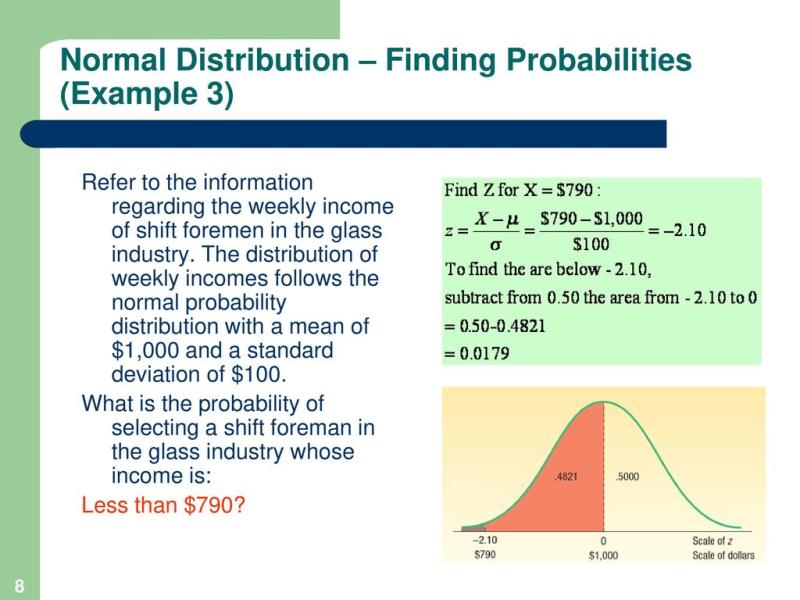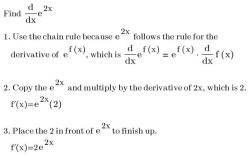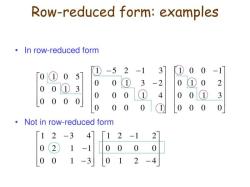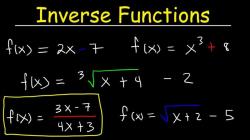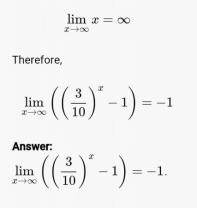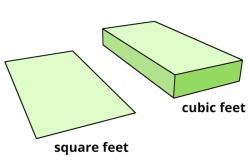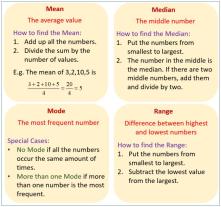How to find probability distribution?
Finding a probability distribution involves determining the probability of each possible outcome of a random variable in a given set of events. The specific steps can vary depending on the nature of the problem, but here's a general step-by-step guide:
Step 1: Define the Random Variable
Identify and define the random variable you are working with. A random variable is a variable whose values are determined by the outcomes of a random experiment.
Step 2: List Possible Outcomes
List all possible outcomes of the random variable. This will depend on the context of the problem. For example, if you're rolling a six-sided die, the possible outcomes are 1, 2, 3, 4, 5, and 6.
Step 3: Assign Probabilities
Assign probabilities to each possible outcome. The sum of all probabilities should equal 1. These probabilities can be determined based on the nature of the experiment or from given data.
Step 4: Verify Probabilities
Make sure that all assigned probabilities are between 0 and 1 and that the sum of all probabilities is equal to 1. If not, revisit your assignments and make corrections.
Step 5: Express as a Function
If the probability distribution is for a discrete random variable, express it as a probability mass function (PMF). A PMF gives the probability of each possible outcome. If the random variable is continuous, you'll use a probability density function (PDF) instead.
Example: Rolling a Six-Sided Die
Let's use a simple example of rolling a fair six-sided die.
Step 1: Define the Random VariableLet X be the random variable representing the outcome of a single die roll.
Step 2: List Possible Outcomes
Step 3: Assign ProbabilitiesSince it's a fair die, each outcome has an equal probability of .
Step 4: Verify Probabilities
Step 5: Express as a Function
This is a basic example, but the same principles apply to more complex scenarios with different types of random variables. Adjust the steps based on the specific characteristics of the problem you're working on.
How do you determine probability distribution?
There are two main ways to determine a probability distribution:
- Empirical probability distribution: This is determined by observing the frequency of different outcomes in an experiment. For example, if you flip a coin 100 times and get heads 52 times, you can estimate that the probability of getting heads is 0.52.
- Theoretical probability distribution: This is determined by using mathematical formulas or models. For example, the probability of getting heads when you flip a fair coin is 0.5 because there are two possible outcomes (heads or tails) and each outcome is equally likely.
What methods are used to find a probability distribution?
There are many different methods for finding probability distributions, depending on the type of data you have and the information you want to know. Some common methods include:
- Histogram: A histogram is a bar graph that shows the frequency of different values in a dataset. It can be used to estimate the probability distribution of a continuous variable.
- Frequency table: A frequency table is a table that shows the number of times each value occurs in a dataset. It can be used to estimate the probability distribution of a discrete variable.
- Cumulative distribution function (CDF): A CDF shows the probability that a random variable will be less than or equal to a certain value. It can be used to find the probability of events that occur within a certain range of values.
- Probability mass function (PMF): A PMF is a function that gives the probability of each possible value of a discrete random variable. It can be used to find the probability of specific events.
Can you explain the concept of probability distribution?
A probability distribution is a statistical function that describes the probability of different possible values of a random variable. It is a mathematical description of a random phenomenon in terms of its sample space and the probabilities of events (subsets of the sample space).
For example, if you flip a coin, the probability distribution of the outcome would be 0.5 (1 in 2 or 1/2) for heads, and 0.5 for tails (assuming that the coin is fair).
Probability distributions are used in a wide variety of applications, including:
- Statistics: Probability distributions are used to describe the behavior of random variables, which are variables that can take on different values with certain probabilities.
- Finance: Probability distributions are used to model the risk associated with investments.
- Engineering: Probability distributions are used to design systems that can withstand certain levels of stress or uncertainty.
